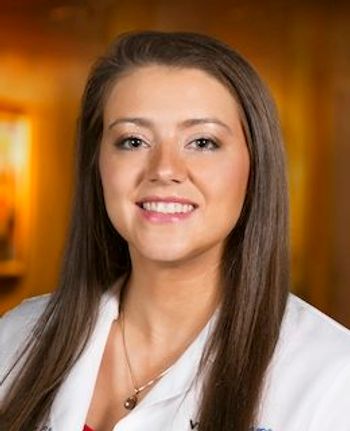
Paraoptometric advanced training can pay dividends
One optometrist has been on a mission for 25 years to develop and grow generations of paraoptometrics.
Irwin Shwom, OD, RDO, has been on a mission for 25 years-to develop and grow future generations of paraoptometrics.
The seminars are conducted nationwide, he said, and target beginners or those at an intermediate level with a strong interest in expanding their knowledge and who consider their job as a profession or career and want to move forward.
The technologies presented to participants include optical coherence tomography, scanning laser polarimetry (SLP), and the confocal scanning laser ophthalmoscope system.
Some optometrists do not use most of these technologies because of their high cost. For example, the SLP runs in the five-figure range, he said. Although Dr. Shwom suspects less than 20% of optometry practices have an SLP, he believes it may become the standard of care in the future because of its unique ability to monitor glaucoma and optic nerve disease. Likewise, he estimates that less than half of optometrists nationwide use corneal imaging systems, despite their profound advantages.
Added value
During the seminar, participants explore these technologies and their indications, contraindications, and preliminary and ancillary data.
"I present data from specific cases we already have, then draw upon these technologies, asking participants to make some judgments in terms of what the data means," said Dr. Shwom. "What I am trying to accomplish is to get assistants prepared to schedule and perform the tests themselves."
Based on a patient's symptoms or complaints, the paraoptometric would know what technology to use, conduct the appropriate tests before the eye doctor gets involved, and share his or her interpretation of test results. The doctor would then be equipped with recent and accurate data about the patient's vision or perhaps a potential eye condition before entering the exam room.
Dr. Shwom points to a woman who runs a six-doctor, 18-staff paraoptometry office in Maine. She was never academically trained in optometry but learned through on-the-job training and by attending his seminars for the past five years. She became so proficient at her job that she now trains her staff to use the latest technology and passed a series of national certification programs offered by the American Optometric Association. Roughly 4 years ago, he said she became certified at the highest level, as a CPOT (certified paraoptometric technician), which has allowed her to become a leader in her field.
He said paraoptometrics are considered top players in certain practice settings, such as in rural areas where eye doctors are separated by long distances. They also can add to a practice's bottom line since they can help optometrists see more patients and give them the freedom to perform other revenue-producing tasks.
"I am trying to develop the next generation of paraoptometric leaders who will be committed to our profession," said Dr. Shwom. "This is about empowerment, helping them understand different technologies so they can bring more to the game."
Newsletter
Want more insights like this? Subscribe to Optometry Times and get clinical pearls and practice tips delivered straight to your inbox.


















































.png)


